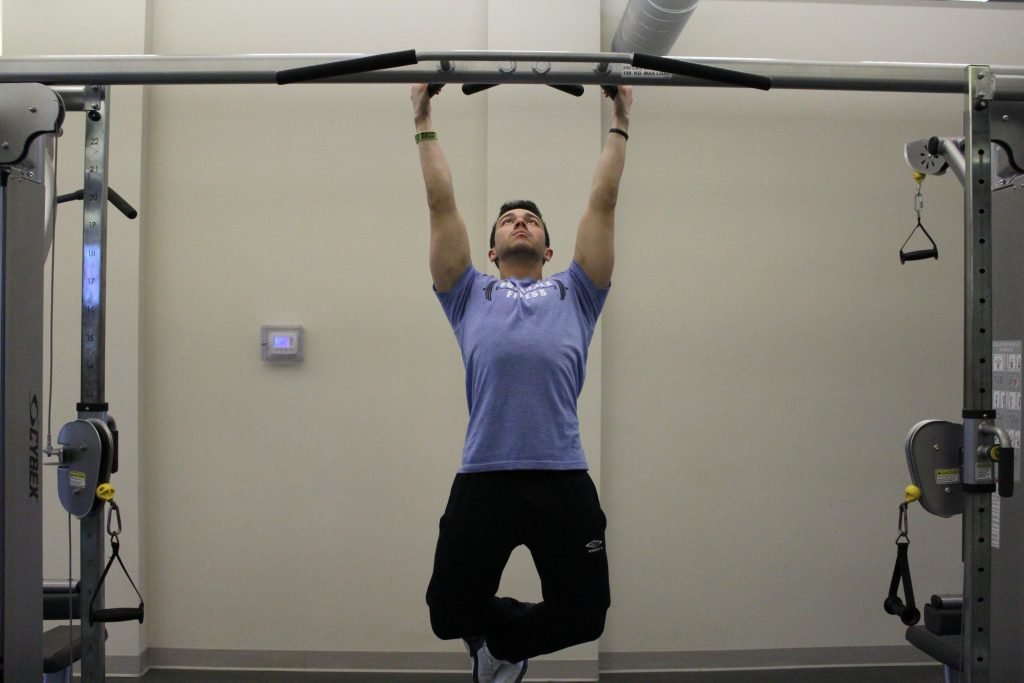Looking to add a little more oomph to your pull-up routine? Want to try something new that will work your muscles in a different way? Well then, hammer grip pull-ups might be just what you need. Hammer pull-ups are a great exercise for targeting your back and shoulder muscles. They are also a great way to mix up your routine and add some variety to it.
Let’s get into some more detail about this exercise and how you can make the most of it.
Jump to:
What Are Hammer Pull-Ups?
These are a type of pull-up that is done with a neutral grip. This simply means that your palms are facing each other as you grip the pull-up bar. The starting position is the same as the one for regular pull ups, with your chin over the bar.
As you go down, your elbows should stay close to your sides and tuck in at a 45-degree angle. If you normally perform pull-ups with a shoulder-width grip, this may feel a little strange at first. But this particular grip can help work your muscles in a different way.
Are Hammer Pull-Ups Effective?
For the most part, neutral grip pull-ups are more effective than the classic shoulder-width grip. While it can be a bit more challenging to perform, this is exactly what you want from an exercise – something that is going to push your muscles and help you see results.
The added difficulty of these pull-ups is going to target your muscles in a more refined way. This means that you’ll be experiencing many benefits and more gains in terms of strength and size in a shorter amount of time.
What Are the Primary Muscles Used by Hammer Pull-Ups?
Neutral grip pull-ups target a specific set of muscles. Depending on your goals and fitness regime, you may be more interested in one type of muscle gain over another. The main muscle groups used during this exercise are:
Latissimus Dorsi
This refers to the large, flat muscle that extends from the middle of your back down to your waist. Its primary function is to help you perform movements that involve pulling your arms down or toward your body.
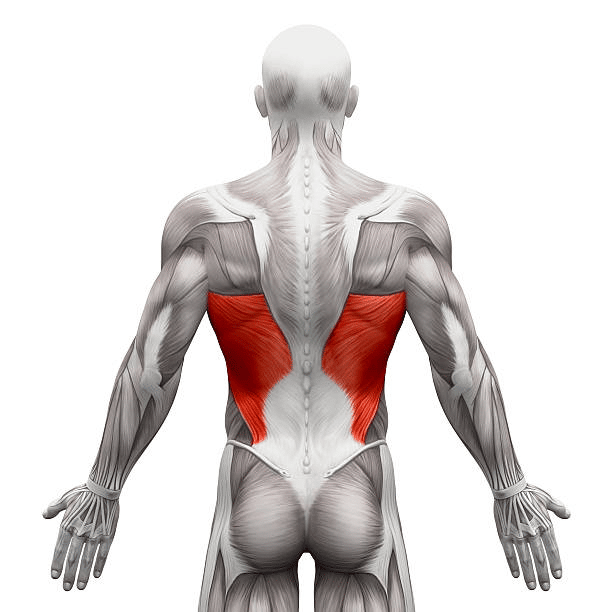
When you perform pull-ups, you use your body to provide resistance. This helps to engage and build your latissimus dorsi for a more defined back. With each hammer pull-up, you are going to see an improvement in the appearance of this area as well as an increase in its strength.
Teres Major
This is a small but important muscle that is located on the upper back, where your neck and shoulder blades meet. Its primary function is to help with arm movement, such as rotations and adduction (pulling your arms down from an overhead position).
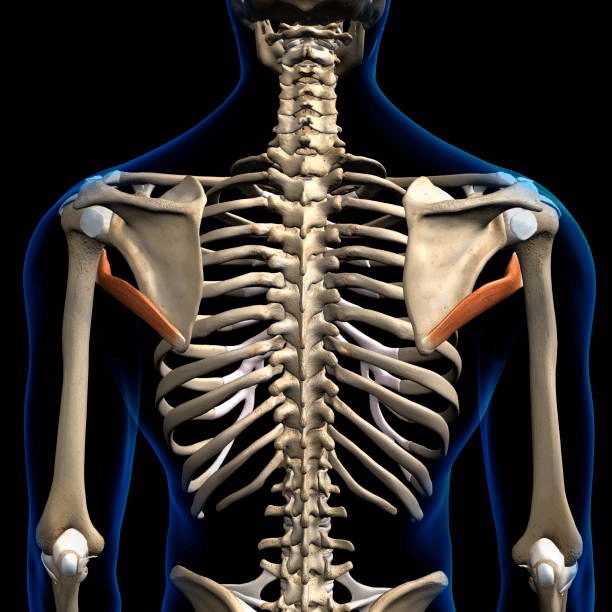
The teres major is closely connected to the latissimus dorsi through the rotator cuff. This means that when you work one muscle, the other is also engaged to some degree. As such, you are going to see gains in both areas when you perform hammer grip pull-ups on a regular basis.
Pectoralis Major
This is the large, fan-shaped muscle that makes up the majority of your chest. Its large size means that it is involved in a number of different movements, such as those that involve your arms and shoulders.

One of the pectoralis major’s main goals is to help you bring your arms toward the center of your body. Given that this is a crucial part of the hammer pull-up movement, it is no surprise that this muscle is engaged.
Posterior Deltoid
This is the muscle that is located on the front and back of your shoulder, over the top of your upper arm. It’s mainly used when performing overhead movements or when you need to bring your arms behind your back.

This backward motion is simulated during the neutral grip pull-up, as you are essentially pulling your body up and over the bar. As such, the posterior deltoid gets a decent amount of work when you perform this exercise.
Biceps Brachii
Perhaps the most well-known muscle in the upper body, the biceps brachii is located on the front of your upper arm. Its shape resembles that of a horseshoe, with its two heads attaching at the shoulder.
The biceps brachii is responsible for a number of different motions, such as flexing your elbow and supinate your forearm. When you perform hammer pull-ups, you are essentially doing both of these things simultaneously. The pull-up bars provide the resistance that your biceps need in order to grow stronger.
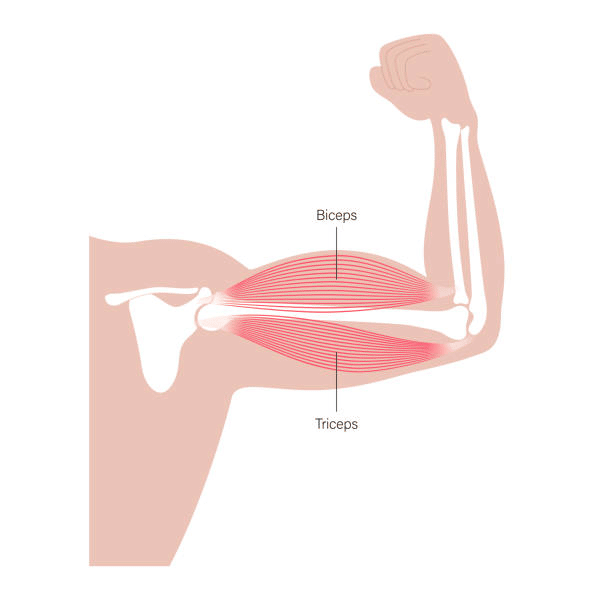
Triceps Brachii
On the opposite side of the bicep muscle is the triceps brachii. The triangular shape of this muscle gives it its name, with the three heads stretching across the back of your upper arm and meeting at the elbow.
Using an assisted pull-up machine can help you focus on building this muscle. By extending your arms and pulling your weights down, you put your triceps in a position to do the majority of the work. This results in bigger and stronger triceps over time.
Neutral Grip Pull Up Variations
If neutral grip pull-ups aren’t exactly your cup of tea, then there are a few other pull up variations that you can do to target the same muscle groups. Some are variations of the pull-up itself, while others are completely different movements that still provide a good workout for your upper body.
Wide-Grip Pull-Ups
As you may have already guessed by the name, this variation involves gripping the pull-up bar with your hands placed wider than the width of your shoulders. This puts more emphasis on the muscles in your back, specifically the latissimus dorsi.
To perform wide-grip pull-ups, start by standing underneath the pull-up bar with your feet slightly wider than your shoulders. Reach up and grab the assisted pull-up machine with an overhand grip, making sure that your hands are placed at a wider angle.
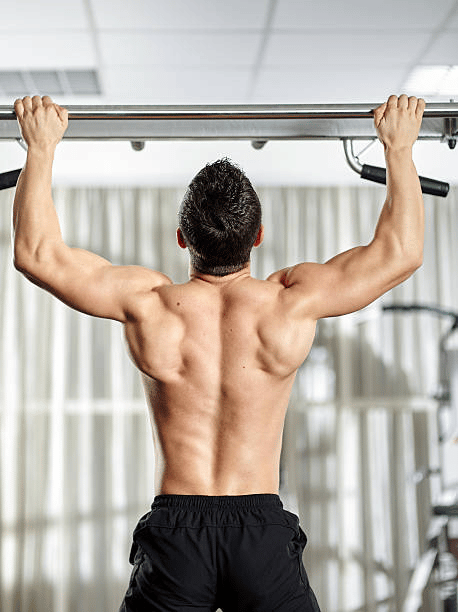
From there, simply pull your body up until your chin clears the bar. Lower yourself back to the starting position and repeat for as many reps as you can.
Chin-Ups
Chin-ups are a lot like pull-ups, with the main difference being that you grip the bar with your palms facing toward you instead of away from you. The underhand placement puts more emphasis on the biceps, which is why chin-ups are often referred to as bicep curls with your body weight.
Make sure to keep your shoulders down and your core muscles engaged throughout the entire movement. This muscle activation will help you avoid using momentum to swing your body up, which takes away from the effectiveness of the exercise.
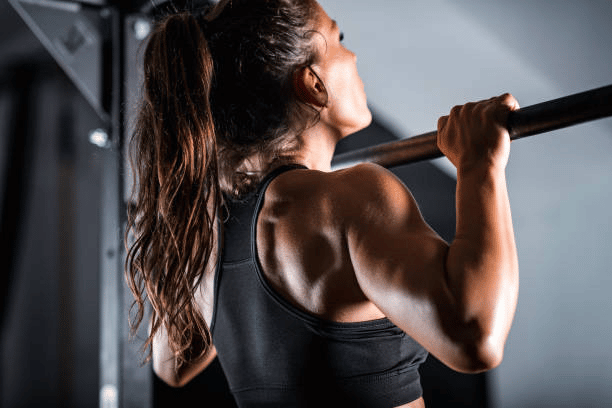
Chin-ups involve starting with your chin above the bar, then lowering yourself down until your arms are fully extended. From there, pull yourself back up until your chin clears the bar and repeat this movement as much as you can.
Negative Pull-Ups
The origin of the name for this exercise is the way in which it’s performed. Instead of pulling your body up to the bar, you start in the upper position and lower yourself down as slowly as possible.
Negative pull-ups are a great way to build strength if you can’t yet do traditional pull-ups on your own. By starting in the upper position, you are essentially using your body weight as resistance to build strength in your arms and back.

To do these exercises, start by jumping up and grabbing the bar with an overhand grip. Make sure that your hands are positioned at the same distance as your shoulders. From there, slowly lower yourself down until your arms are fully extended.
Do Hammer Pull-Ups Work Your Back?
The answer to this question is a resounding yes! Contrary to what some people may believe, pull-ups are not just an exercise for your arms. In fact, they work a number of different muscle groups all throughout your upper body, including your back.
When you’re raising your body up to the bar, your back muscles have to work hard in order to keep your torso stable. This is especially true if you’re doing hammer pull-ups with a weight vest or other type of added resistance. Not only does this tone your back muscles, but it also helps to improve your posture.
Why Are Neutral Grip Pull-Ups Harder?
The challenging aspect of neutral grip pull-ups is that they require you to use muscles that are not typically engaged during similar exercises. For example, when you do chin-ups, your biceps are doing the majority of the work and your back muscles are only engaged to a certain extent.
With neutral grip pull-ups, however, your biceps and back muscles are both working equally hard in order to lift your body up to the bar. This requires a lot of coordination and can be difficult to master at first. This can be tough for some people because it’s not a natural movement pattern for the body.
But with practice, you’ll eventually get the hang of it and be able to perform this exercise with ease. And when you do, you’ll be rewarded with greater upper body strength and a toned body that looks great and functions even better.



